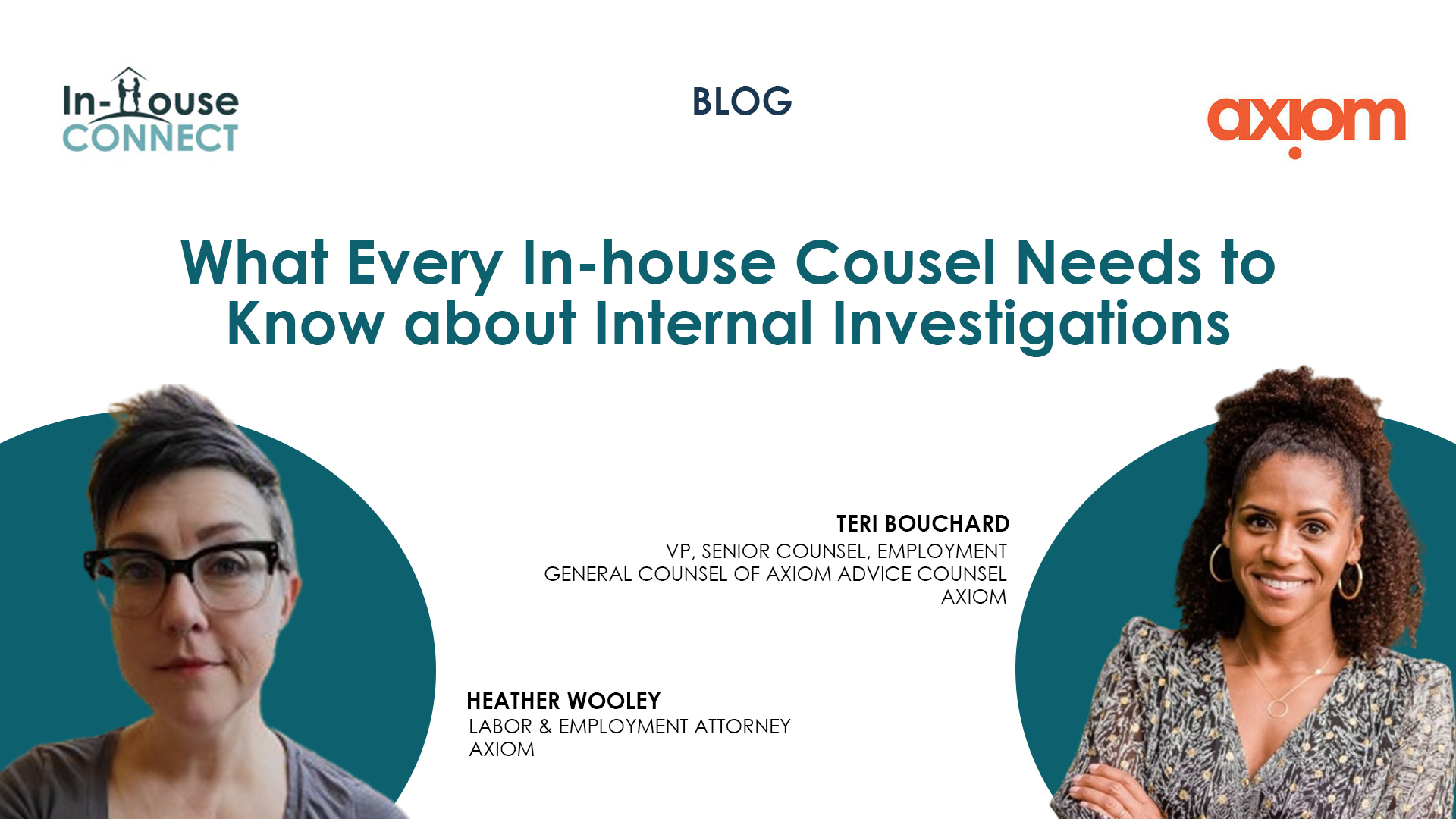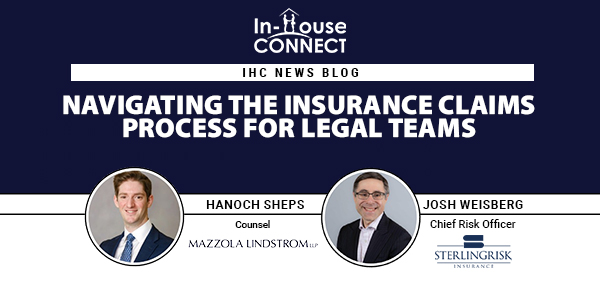In the recent In-House Connect webinar titled “Navigating NDAs for In-House Counsel: Learn When They Matter From Real Cases & Sharpen Your Negotiation Skills,” legal experts Jonathan Greenblatt and Stephanie Sader of LINKSQUARES, together with Michael Bloom, Founder and CEO of Praktio delved deep into the intricacies of Non-Disclosure Agreements (NDAs). Their insights highlighted critical elements of NDAs and provided practical strategies for handling confidentiality in various legal scenarios.
Here are the top five takeaways from the discussion:
- Defining Confidential Information Clearly
One of the most common pitfalls in NDAs is the vague definition of “confidential information.” Ambiguities in this area can lead to significant legal disputes. To avoid misunderstandings, it’s essential to explicitly define what constitutes confidential information at the outset. A well-crafted definition reduces risk and ensures that all parties are aligned on what must remain protected.
- The Power of a Strong Purpose Clause
The importance of a clearly defined purpose clause in NDAs was emphasized. A strong purpose clause not only outlines how confidential information can be used but also ensures flexibility for future business needs. Drafting this clause broadly can prevent restrictions that could hinder operations or future dealings.
- Managing Disclosure and Confidentiality Periods
A common area of confusion in NDAs involves disclosure periods and confidentiality terms. While three-year confidentiality terms are typical, these periods should be tailored to the specific nature of the relationship. The right timing can safeguard trade secrets while ensuring compliance with business operations.
- Enforceability and Litigation Prevention
The enforceability of NDAs depends heavily on how clearly the terms are defined and followed. Several cases, including a $77 million verdict due to an NDA breach, illustrate the high stakes involved. Protective provisions like automatic destruction or return of confidential materials and non-compete clauses were recommended to reduce litigation risks and enforce the agreement.
- NDAs and Their Relationship with Other Agreements
It’s important to consider how NDAs interact with other contracts. Courts may interpret overlapping agreements differently, and the principle of “unclean hands” can come into play. Ensuring NDAs align with other contractual obligations and are precise enough to avoid conflicting interpretations is critical.
The webinar provided essential guidance for in-house counsel navigating the complexities of NDAs. By focusing on clear definitions, well-crafted purpose clauses, tailored confidentiality periods, enforceable terms, and understanding the interplay between agreements, legal teams can mitigate risks and protect their organizations from potential legal pitfalls. Continuous learning and leveraging legal technology can further enhance the efficiency of managing NDAs.
Missed The Webinar? You can watch it now via IHC On-Demand!







